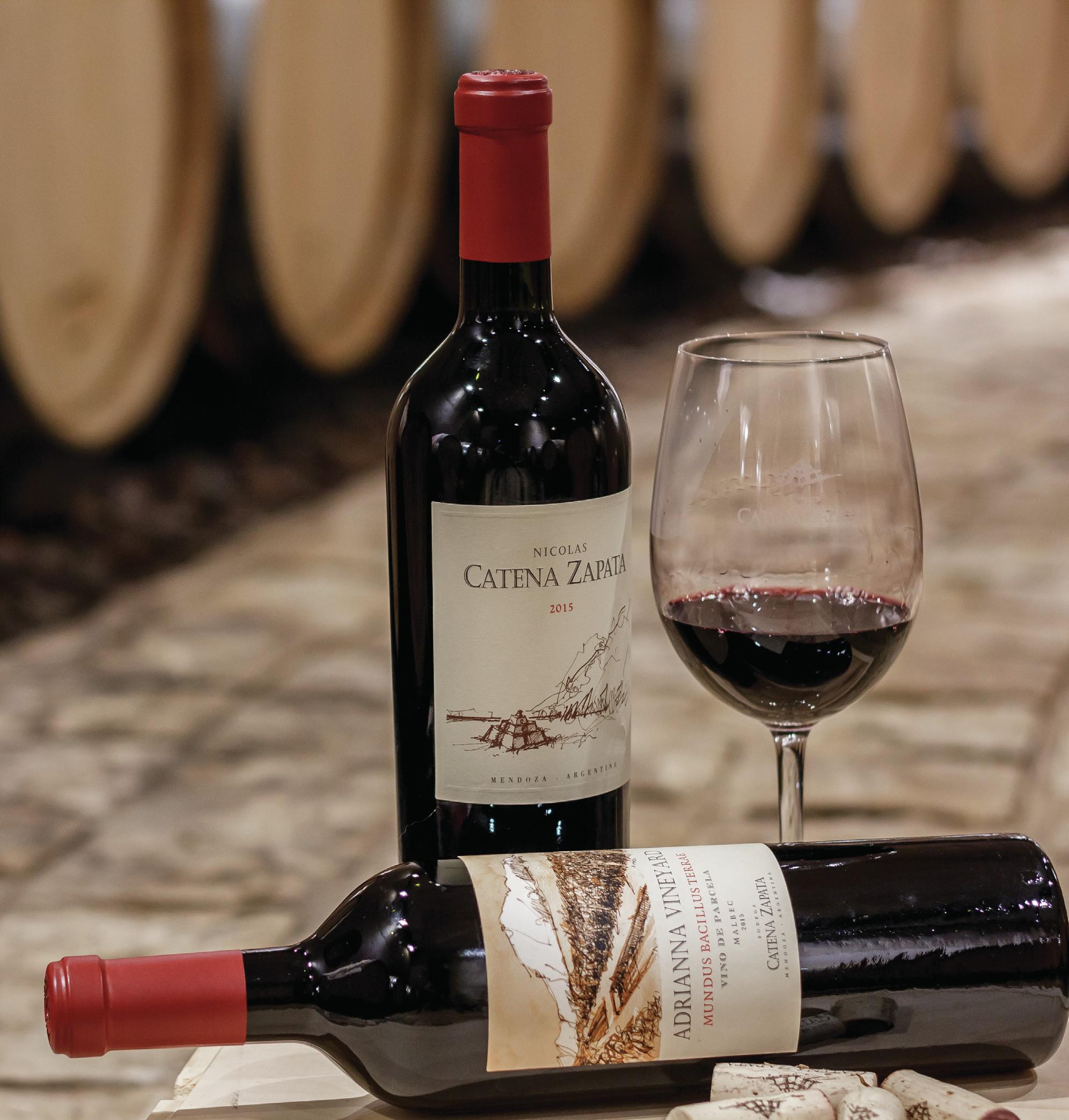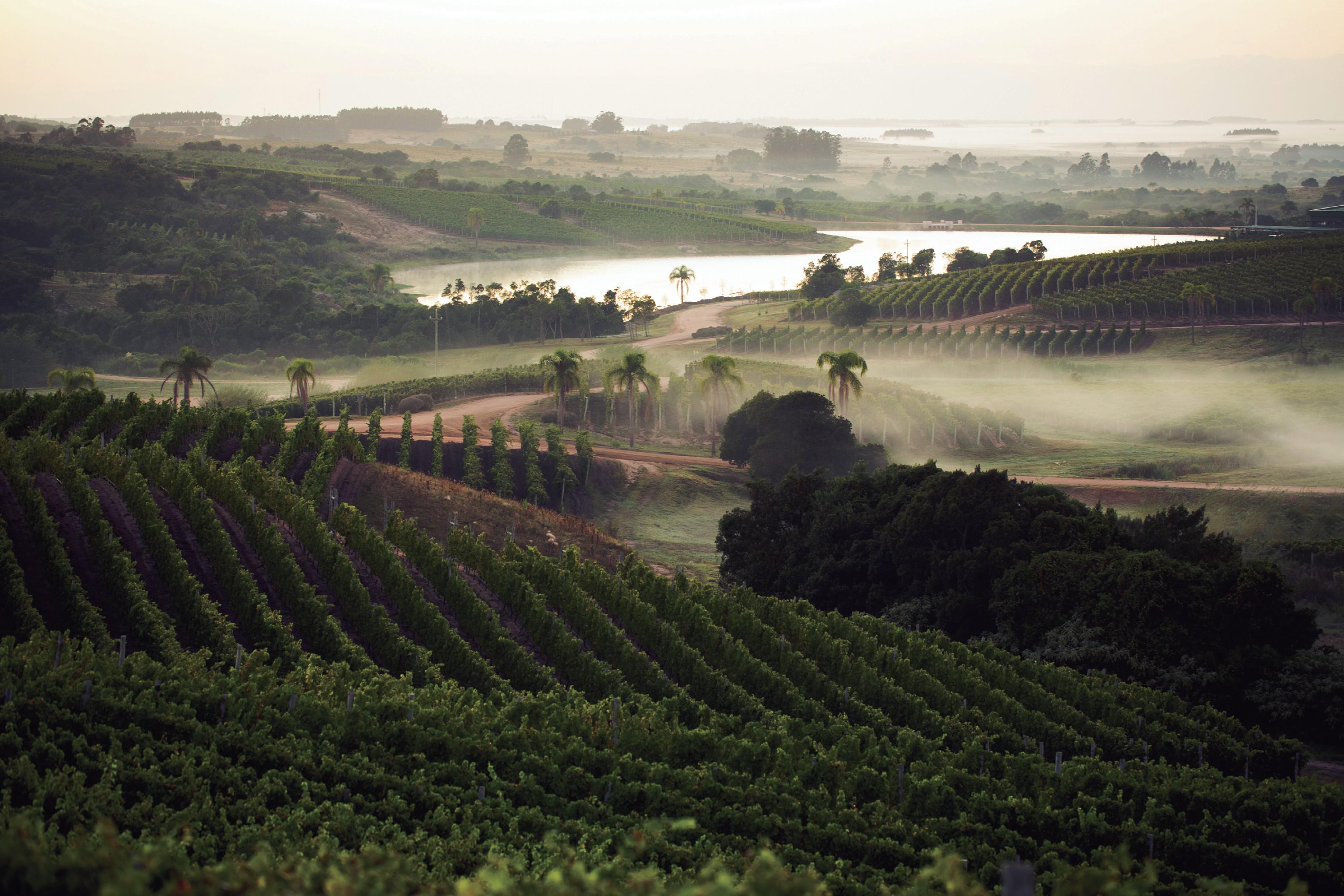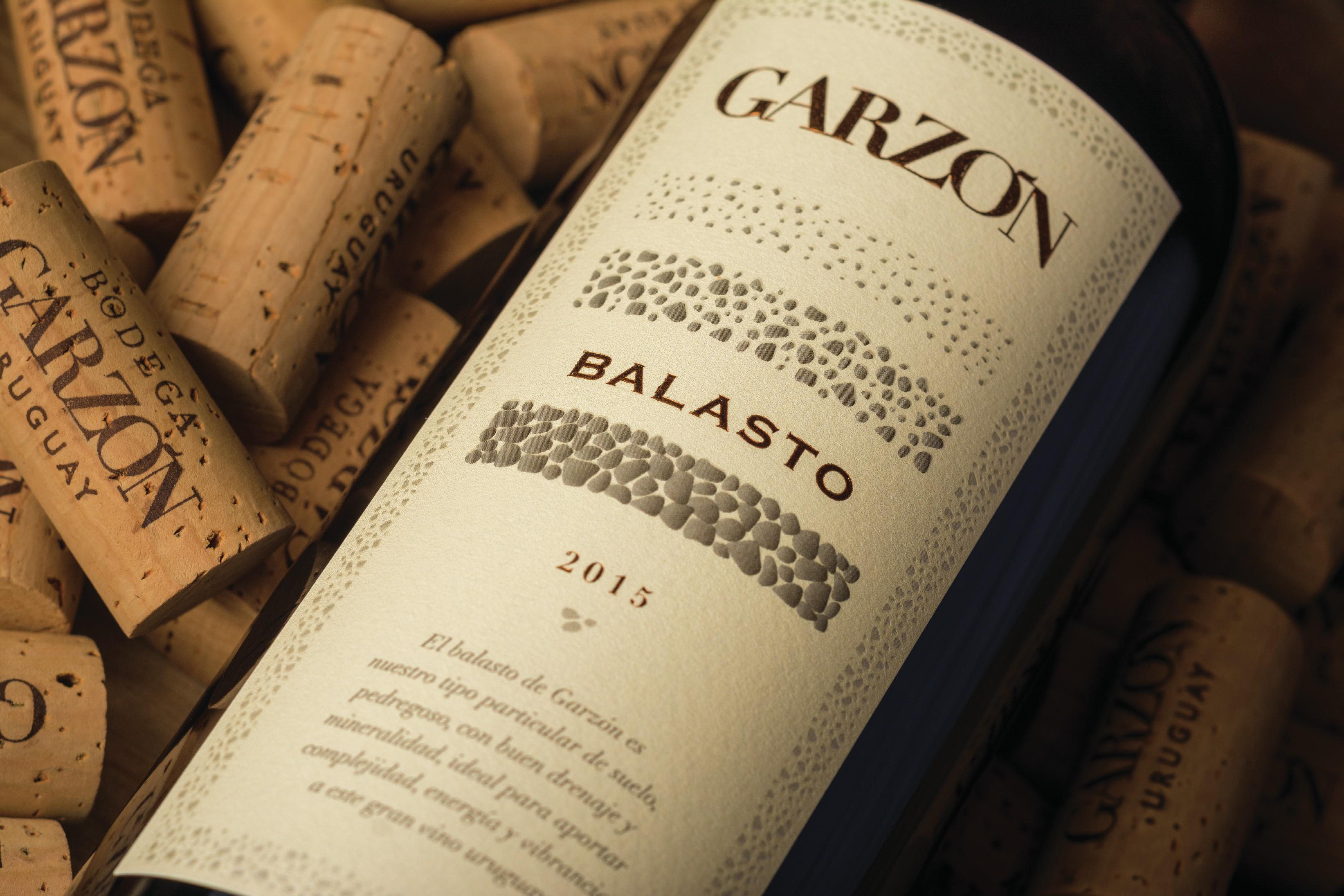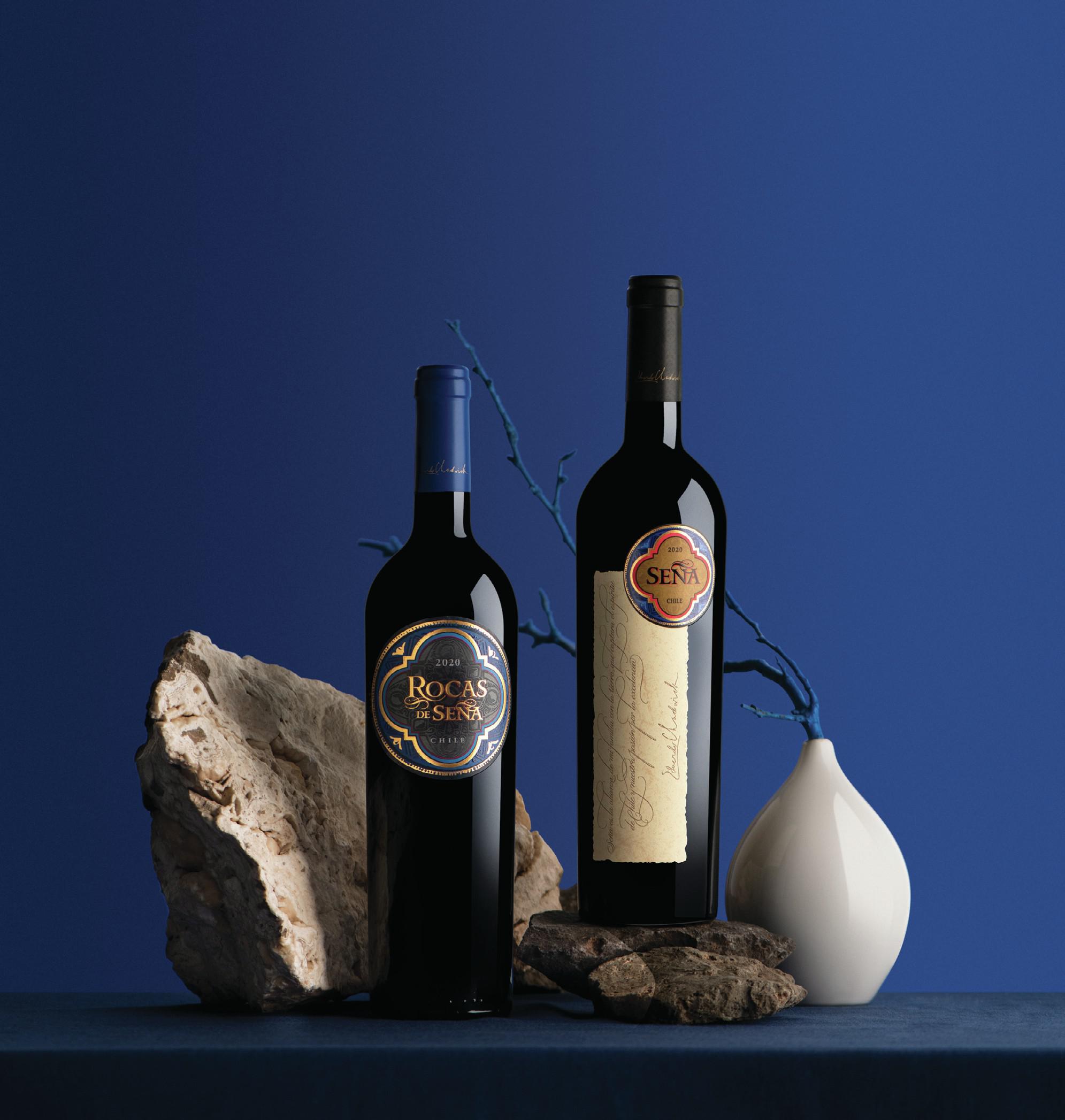This website uses cookies so that we can provide you with the best user experience possible. Cookie information is stored in your browser and performs functions such as recognising you when you return to our website and helping our team to understand which sections of the website you find most interesting and useful.
The expansion of La Place de Bordeaux
With increasing numbers of international producers entering La Place de Bordeaux, Richard Woodard explores the many faces of the fine wine network.
For hundreds of years, La Place de Bordeaux’s unique trading system has brought the fine wines of the Médoc to merchants and collectors around the world. But what was for so long little more than an exclusive local club has evolved recently, slowly morphing into something as cosmopolitan as the modern fine wine scene itself.
At first, the non-Bordeaux wines entering La Place amounted to little more than a trickle, and there were obvious reasons for their presence: for Chile’s Almaviva (which began trading on the platform in 1998) and Napa’s Opus One (2004), using La Place was not so much a strategic move as a consequence of their part-ownership by the Rothschild family.
The game began to change in 2009 with the debut of Super Tuscan Masseto, but this trend of expansion and diversification has reached a new pitch in the past few years. In 2021, the autumn releases encompassed 75 wines from eight countries; in 2022, there were more than 100 from 11 nations. And the numbers are still growing.
One newcomer this March will be Chile’s Viña VIK, with the 2019 vintage of its top wine, VIK, a blend of Cabernet Sauvignon/Cabernet Franc from the Cachapoal Valley. The wine will be represented on La Place by courtier Bureau Lévêque, and the négociants selling the wine include CVBG, Crus & Domaines de France, The Wine Merchant, Veyret Latour, and BVS.
“The benefit is mutual,” says Gastón Williams, Viña VIK’s CEO. “The wineries get a capillarity that maybe through the traditional way [of distribution] wouldn’t be the same, and the négociants get extra traction that can give them a particular brand, origin and/or price point. The other thing the system provides is having your wine offered alongside a pantheon of the great wines of the world.”
EMERGING REGIONS
These are obvious attractions of using La Place, especially for fine wines from emerging regions and nations, namely a proven route to market, and enhanced prestige. In the South American context, Catena Zapata was a relative pioneer, entering La Place in 2018 with the 2015 vintages of Bordeaux blend Nicolás Catena Zapata, and Adrianna Vineyard Mundus Bacillus Terrae Malbec. For Catena Zapata’s managing director, Laura Catena, the logic was simple: to reach collectors the world over. “The négociant business model includes customers of all sizes, and the négociants’ logistics are well set up to ship as little as one case of wine to hundreds of customers,” she says.
“Working with 17 négociants allows us to reach corners of the world that it would be hard for us to reach otherwise. The négociants have built relationships with these customers, and being admitted into this ‘circle of trust’ has many advantages for breadth of distribution.”
Italy’s Allegrini, which last September joined La Place with its two top wines – La Poja and Fieramonte – agrees there are benefits to putting faith in Bordeaux’s négociants. “We believe they have the expertise, focus, and network in the fine wine segment, having reached distributors, importers, wine lovers and collectors, for centuries,” says Raffaele Augelli, senior export manager for the Valpolicella winery.
Chile’s Viñedo Chadwick and Seña have been present on La Place for a decade – and were joined by second wine Rocas de Seña last year. Managing director Juan Carlos Pagola cites the breadth and depth of distribution – crucially with a strong focus on the “right” type of clientele – as the main reasons for using the network.
“The open-market distribution system allows La Place to be very flexible, and to enlarge distribution at a much faster pace than the traditional model of one exclusive importer per country, which is generally more rigid,” he says.
According to Terry Pennington, export commercial director, EMEA region, for Chile’s Santa Rita Estates, consumers are “known to be behave differently when a wine is sold through La Place”. However, anyone who thinks that their work is done upon entering the system could be in for a rude awakening. “You can’t just send your wines out to the négociants and just leave them there, there is constant work to be done on growing the image and prestige of your product both inside and outside of the distribution network,” he says. “This includes tastings, working with wine critics, influencers, and brand marketing similar to that done previously.”

Catena Zapata, Viñedo Chadwick and Seña have all benefited from being relatively early adopters of La Place. But what of newcomers, such as Chilean producer Montes, which launched the 2019 vintage of Montes Muse, a Maipo Cabernet Sauvignon, on La Place in 2022?
“After more than 30 years of selling our premium wines through local importers, we thought it was a good moment to challenge ourselves about the quality of our wines,” says Montes’ marketing director, Danilo Buvinic. “We already have the proper distribution, and we have expertise and market knowledge, but we needed to have the seal of prestige to be distributed through La Place.”
But Buvinic is not rushing to judge the effectiveness of the move. “We should see what happens with the following vintages, and see if our other icon wines are performing better too,” he says. “Since it is a different way of doing business we try not to have the best expectations for this vintage. We need to better learn how it works.”
This view of La Place as a longterm project, rather than an overnight success, is endorsed by Andres Ballesteros, CEO of Quattro Fine Wine Solutions, and consultant to Uruguay’s Bodega Garzón, which for several years has sold its Balasto icon wine on La Place. He believes the reputational impact of the move cannot be quantified – and will take time. “This is a long-term project, and shareholders have to be patient,” he says. “The pandemic delayed our expectations, as for everyone in the international business community. From this, we learned to be even more patient.”
As a recent report from fine wine trading platform Liv-ex points out, being accepted onto La Place is no automatic guarantee of depletions or rising secondary market value. Indeed, as the market expands, it may become even harder for wines to stand out. What, then, are the keys to success?

Established reputation and scarcity are a good start. One of the best-performing recent non-Bordeaux entrants onto La Place has been Champagne Philipponnat, with its trio of high-end, low-production cuvées: Clos des Goisses (currently 2013 vintage)’ Clos des Goisses ‘juste rosé’ (2012); and Clos des Goisses LV (1997, LV = ‘long vieillissement’ or long ageing).
“It works like a membership into an elite club, that of the best, rarest and most desirable wines in the world – provided exceptional character and quality are there,” says company president Charles Philipponnat. “It’s difficult to quantify the reputational effect, but the fact that prices rise on the secondary market is a good indication. Our expectations were met exactly, since volumes were limited, and sold out fast.”
Scarcity has also underpinned the success of Yjar, Telmo Rodriguez’ singlevineyard Rioja Alavesa wine. The price of the 2018 vintage, released last autumn, was up by 24% on that of the 2017, launched in 2021. “It has been a very positive experience, amazing, an adventure,” says Rodriguez. “To tell the truth, we didn’t know if we were going to be able to excite the market.”

Yjar isn’t alone in echoing the fine wines of Bordeaux by being a wine of defined place. That’s also the case for another La Place entrant from Rioja: Tapias, which takes its name from the finest, 55-year-old vines farmed by Marqués de Riscal on natural terraces near the town of Elciego. For a company returning to La Place after a gap of more than a century, and which has had a relationship with Bordeaux for more than 160 years, the French connection was an important one to restore. Francisco Hurtado de Amézaga, general technical manager at Marqués de Riscal, says Tapias “evokes those wines that the house was making in the early days, with a certain Bordeaux influence”. Such a connection is less obvious at Penfolds, but the Treasury Wine Estates label entered La Place with its Bin 169 Coonawarra Cabernet Sauvignon, sourced from some of the oldest vines in this region of Australia. According to Gregory Joos de ter Beerst, sales director – Europe at Penfolds International, the initial allocation of Bin 169 sold out within a few months of its release in September 2021, and sales to date have been “really encouraging”, particularly in Europe.
La Place is also often thought of as a crucial route to market for Asia – and indeed it is – but strength in other regions was an important consideration for Penfolds, given the crippling punitive tariffs currently levied on imports of Australian wine into China.
Given the obvious attractions to brand owners, it’s easy to focus on what La Place can bring them. But the benefits run both ways: with Bordeaux châteaux tending to release smaller quantities of wine at higher prices, and merchants and customers looking beyond the region, La Place needs to evolve to keep pace with a fast-changing global marketplace.
“Although La Place offers strong visibility worldwide, I believe that the prestige is brought by the important profile of the producers distributed by the la place de bordeaux group,” points out Filippo Mazzei, president of Mazzei, which offers its Concerto di Fonterutoli and Siepi Toscana IGT wines via La Place.

The evolution of La Place has also constituted a learning curve for courtiers and négociants more used to their Pauillac and Pomerol comfort zones. “What’s been a bit more challenging has been explaining our region to the négociants, because many of them had never been to Argentina or tasted our Grands Vins,” says Laura Catena. “After five years of working with La Place, we believe the négociant network now has a much deeper knowledge of and respect for our high-altitude wines.”
On a business front, she adds, some négociants have been hiring additional sales staff and creating separate divisions for non-French wines.
Given the recent rapid expansion of La Place, the big question for the future is whether it will – or has already – become too big. “I hope the négociants will not overstretch their ranges of wines outside Bordeaux,” says Charles Philipponnat. “One of the virtues of La Place is that weak offers end up failing. The fittest survive and thrive.”
Terry Pennington of Santa Rita Estates doesn’t believe there is a danger of the marketplace becoming diluted. “The reality is that non-Bordeaux wines are still much smaller, both in numbers and value sales, compared with the Bordeaux section,” he says.
“There is a risk that producers will jump on the La Place bandwagon, but there is no guarantee they will see results. The wines have to have a compelling story and consistent quality to succeed.”
He points out that it is La Place that determines this quality. “You have to meet its standards not yours, which are set up in line with the expectations of the fine wine market, with both positive and negative results,” he adds.
Telmo Rodriguez agrees. “Bordeaux is an amazing machine, but the wine needs to be good enough to move the market,” he observes.
Challenges undoubtedly remain, but at Penfolds, de ter Beerst offers a glass-half-full assessment of the current state of play. “The growing number of non-Bordeaux wines on La Place is indicative of the outstanding quality of wines from other winegrowing areas, which are now recognised as being among the best in the world,” he argues. “That can only be good for the long-term health of the fine wine industry.” db


